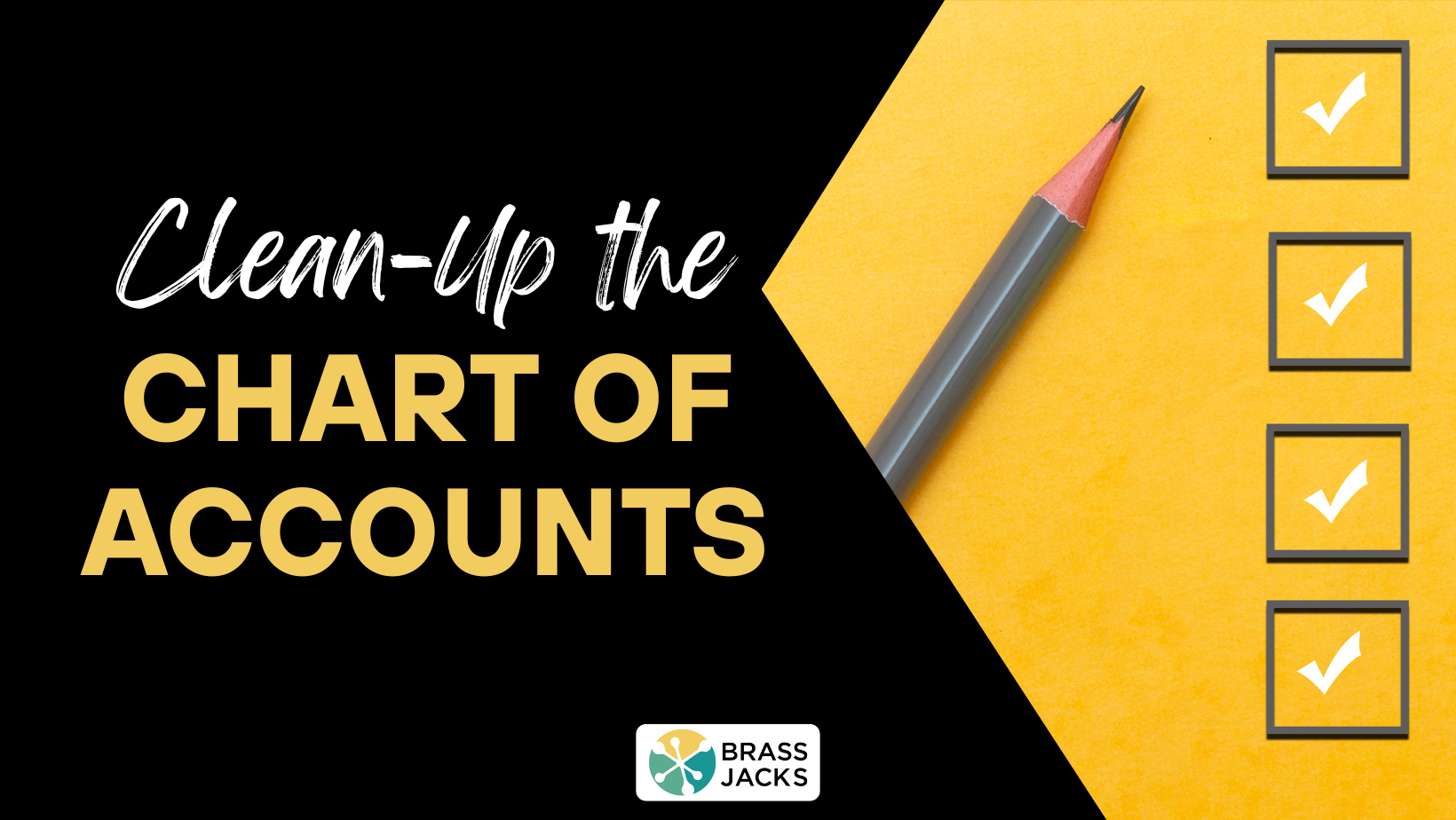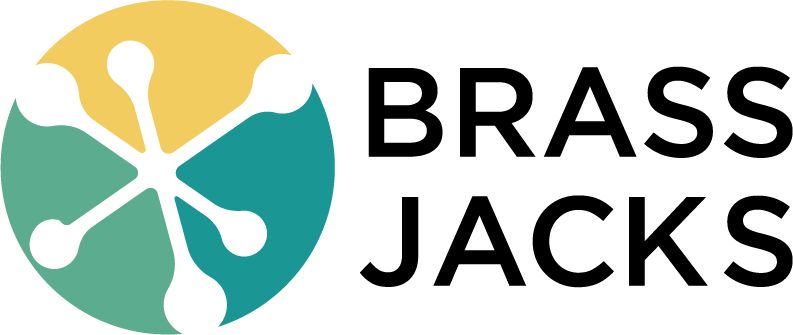The Chart of Accounts (CoA) isn’t just a list of accounts; it’s a structured system that directly impacts a business’s financial clarity. While adding new balance sheet accounts—like a new credit card or money market account—is straightforward, the real chaos happens on the Profit & Loss statement.
Many businesses fall victim to disorganized CoAs because:
Untrained staff add accounts arbitrarily, leading to inconsistencies.
Data entry clerks are expected to function as bookkeepers, often without formal training.
Accounts are added without considering the IRS tax definitions, causing compliance issues.
Poor categorization impacts managerial accounting, making financial decisions harder.
A disorganized COA doesn’t just create headaches—it can mislead business owners and managers, hinder financial decision-making, and even result in incorrect tax reporting.
Understanding the type of clean-up needed is the first step in tackling a disorganized CoA. There are two types of Clean-Ups:
New Database Setup – This applies when a business is just getting started or when an accounting system is so messy that starting fresh is the best option. Instead of fixing existing issues, this approach involves setting up a brand-new file correctly from the beginning.
Fixing an Existing Mess – The more common scenario is dealing with an existing COA riddled with redundant or misused accounts. This type of clean-up requires identifying errors, restructuring accounts, and implementing best practices for future use.
To ensure a successful clean-up, bookkeepers must follow a structured approach:
1. Investigation
2. Planning
Develop a clear strategy for what needs to change and how to implement those changes efficiently.
Identify the most misused accounts (e.g., software subscriptions often incorrectly categorized under ‘Dues & Subscriptions’ instead of IT expenses).
3. Implementation
Revise the COA logically and strategically.
Document changes thoroughly, including descriptions for each account to prevent future misclassification.
Provide training for staff to ensure consistency in future bookkeeping practices.
Bookkeepers taking on COA clean-up projects must possess:
Technical proficiency – Understanding how accounting software functions and how changes affect financial reports.
Critical thinking and logic – To efficiently untangle and restructure financial data.
Knowledge of IRS definitions – Ensuring compliance with tax reporting requirements.
Managerial accounting expertise – Recognizing the difference between tax accounting and financial reporting for decision-making.
Setting up a new COA is a bookkeeper-level skill, but cleaning up an existing database is a controller-level activity. It requires in-depth financial knowledge and the ability to communicate effectively with business owners about their financial data.
If you’re a bookkeeper looking to expand your service offerings or an employee tasked with managing financial data, mastering COA clean-up is an essential skill. Don’t make things worse or leaving your clients with unusable financial data.

Join our Chart of Accounts Clean-Up Course to gain expert-level skills and ensure your clients’ financial systems are structured for success.
Enroll today and take your bookkeeping expertise to the next level!


